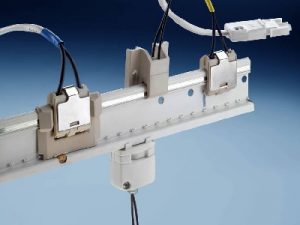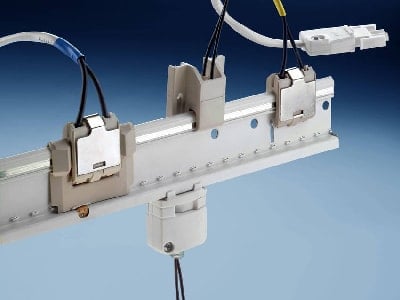
Is Nokia’s ‘here’ App Better Than Apple Maps?
November 21, 2012
Cyber Monday Deals for 2012
November 23, 2012Experts in the IT field are calling for an industry-wide adoption of DC power within the data center. EMerge Alliance has proposed a central management system to effectively monitor and control power to such an infrastructure. This all sounds fine and dandy, though many wonder; what are the benefits?
Members of The EMerge Alliance are calling for an industry-wide adoption of a power distribution/management system they say will save Data Centers thousands. Traditional data centers run off AC power or are equipped with devices that convert AC to DC power. The problem is, converting electricity requires more equipment, space and maintenance. EMerge claims that by adopting a better distribution model, data centers may also simplify the AC-DC process. Here’s what they propose:
DC Microgrid Conversions
 The EMerge Alliance suggest buildings invest in a DC micro-grid -which is a device that filters, stores, distributes and maintains power to critical IT hardware.
The EMerge Alliance suggest buildings invest in a DC micro-grid -which is a device that filters, stores, distributes and maintains power to critical IT hardware.
More and more buildings are using DC micro-grids. They benefit for a variety of reasons; no-conversion means less energy waste, a more effective DC match to dedicated server hardware as well as less systems management complexity.
Furthermore, the alliance argues that modern micro grids feature fuel cells and renewable energy sources which may help redundancy power backup and more importantly, energy efficiently.
Change Comes Slow
Proponents have taken another stance however, and state, that adopting such a system will cost too much money. This may may be why the alliance is first calling for the adoption of a hybrid system. Most hardware in use today is not designed to directly accept DC power directly, as it’s high voltage can cause damage. Those who want to adopt DC micro-grids will need to replace their hardware before they can reap the benefits of DC power in the long run.
However, the benefits are clear: DC power distribution simplifies its resources, reduces power loss and promotes efficiency within the modern data center. Change comes slow and the trick is getting everyone to play ball. It will be interesting to see how long it takes for DC power-grids to catch on.

